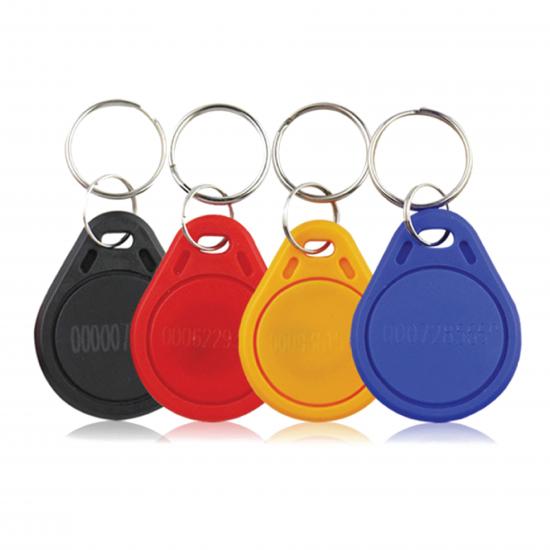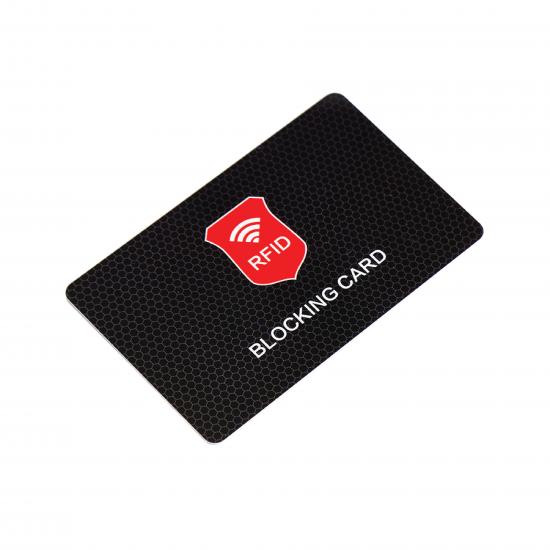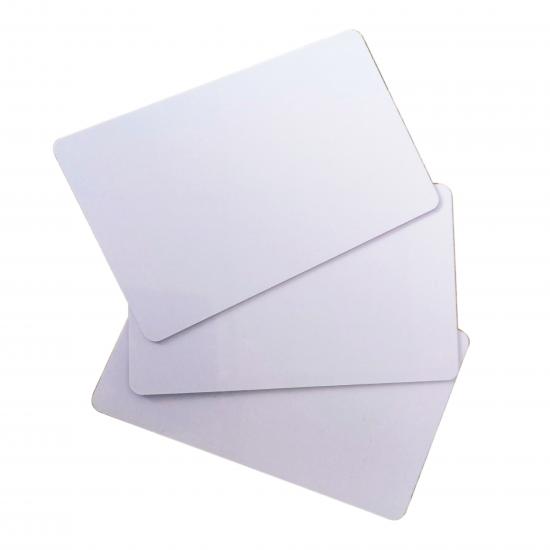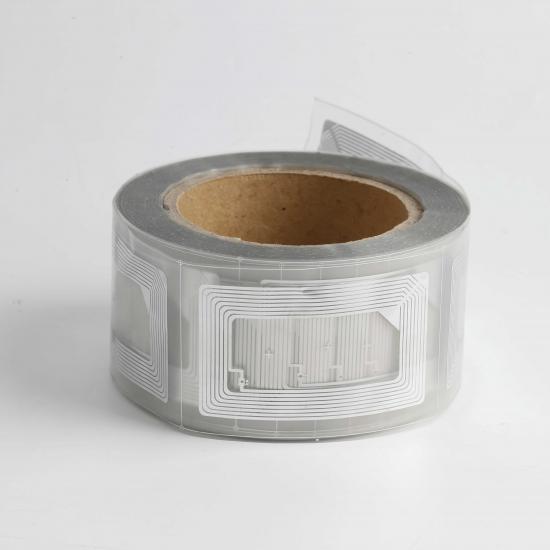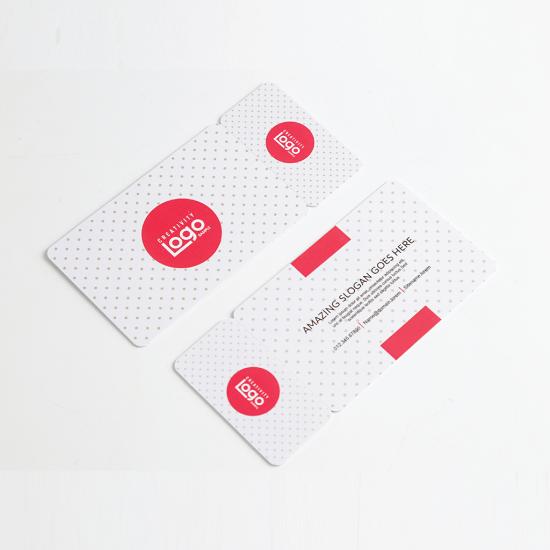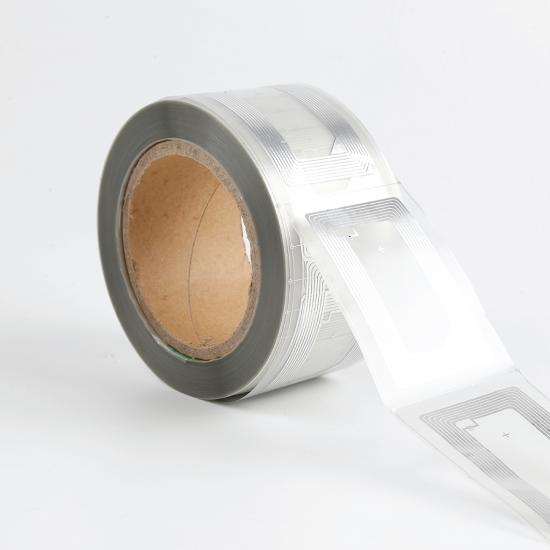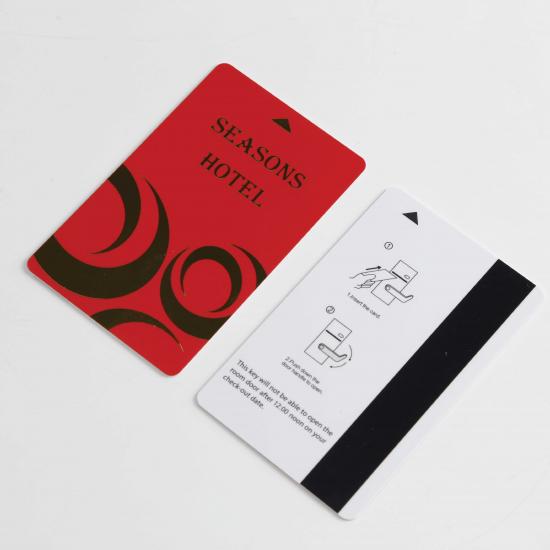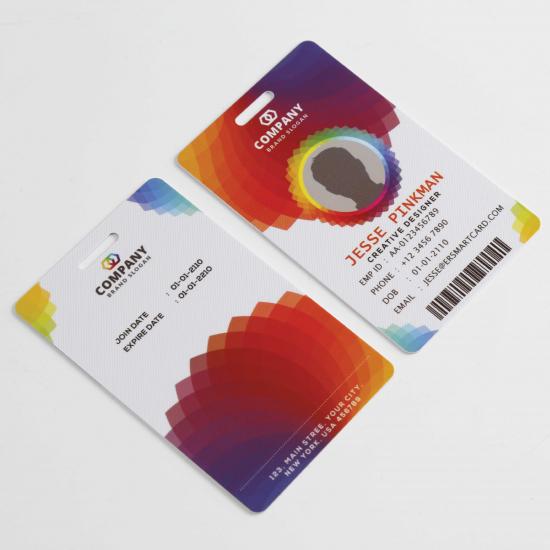Using the University of Michigan's new RFID-based technology, frying pans, pill bottles, yoga mats, coffee cups and countless other non-electronic objects can turn into IoT sensor networks.
The IDAct system bridges the gap between the estimated 14.2 billion "smart" electronic devices currently belonging to the Internet of Things and hundreds of billions of everyday non-smart objects.
Researchers at the University of Michigan say this is a key step in creating a truly immersive IoT experience.
“Imagine a world where your vials track your drug intake and cups to monitor your hydration levels,” said Alanson Sample, an associate professor o electrical engineering and computer science at a recent IEEE RFID conference“Even your yoga mat recognizes your practice and adjusts the lighting, temperature and background music accordingly.”
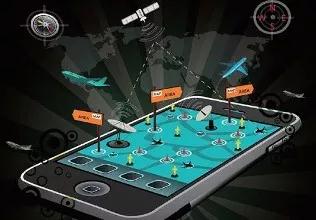
The technology can also be used for aged care, for unobtrusive monitoring of medications and daily activities, and to help older people remain independent for longer periods of time without the need for expensive and invasive hospital care.
IDAct uses RFID readers and battery-free RFID tags that cost only a few cents to sense the presence and movement of people in the room and detect the movement of objects with enough detail to determine if you have moved a pill or boiled one Meal. The label can be attached to almost any object in the form of a sticker, and the RFID reader can be integrated into everyday objects such as a light bulb.
“Given the ubiquity of these objects, there are significant opportunities to enhance their sensing capabilities and create interactive applications around them,” said Han Chuan Li, a graduate student in computer science and engineering at the University of Washington and the first author of the paper.
In a recent study, the technology accurately detected specific activities over 96% of the time.
“By using this technology to monitor their daily activities, you can imagine that aids can help older people stay in their homes for longer,” says Sample. “It can detect changes in eating, sleep or medication, for example, they will eventually enter the emergency room before the situation worsens.”
For many years, RFID tags have been used to track objects in applications such as transportation and theft. The tag absorbs enough electromagnetic energy from the reader's signal to broadcast a simple, unique code. In the past, readers simply chose this code to identify the presence of an object - on or off, signal or no signal.
IDAct improves this by providing a finer reading of the signal from the RFID tag. It can detect small fluctuations in the signal returned from the tag to detect when the object is being moved or if the character is touching it. It can also detect changes in the room's electromagnetic field to infer, for example, when a human is present.
“Every object causes electromagnetic interference in a specific way,” says Sample. “We can use this information and information from RFID tags to get very detailed information about what is happening in a particular space.”
These improved signals are then analyzed by machine learning algorithms run by the field computer to infer what is happening in the room. In the testing phase, this processing is done on a laptop, but Sample expects the necessary hardware to eventually be integrated into the RFID reader itself.
The team tested the technology by providing a series of RFID readers for volunteer apartments and then tagging household items with RFID tags. When the user was present, they collected 26 hours of data from each room and collected two hours of data from the empty room as a control.
The team now plans to find industry partners who can build technology for the aged care environment. Sample and Li developed the technology at the University of Washington and Chieh-yih Wan and Intel's Raul Shal and Shwetak Patel.







